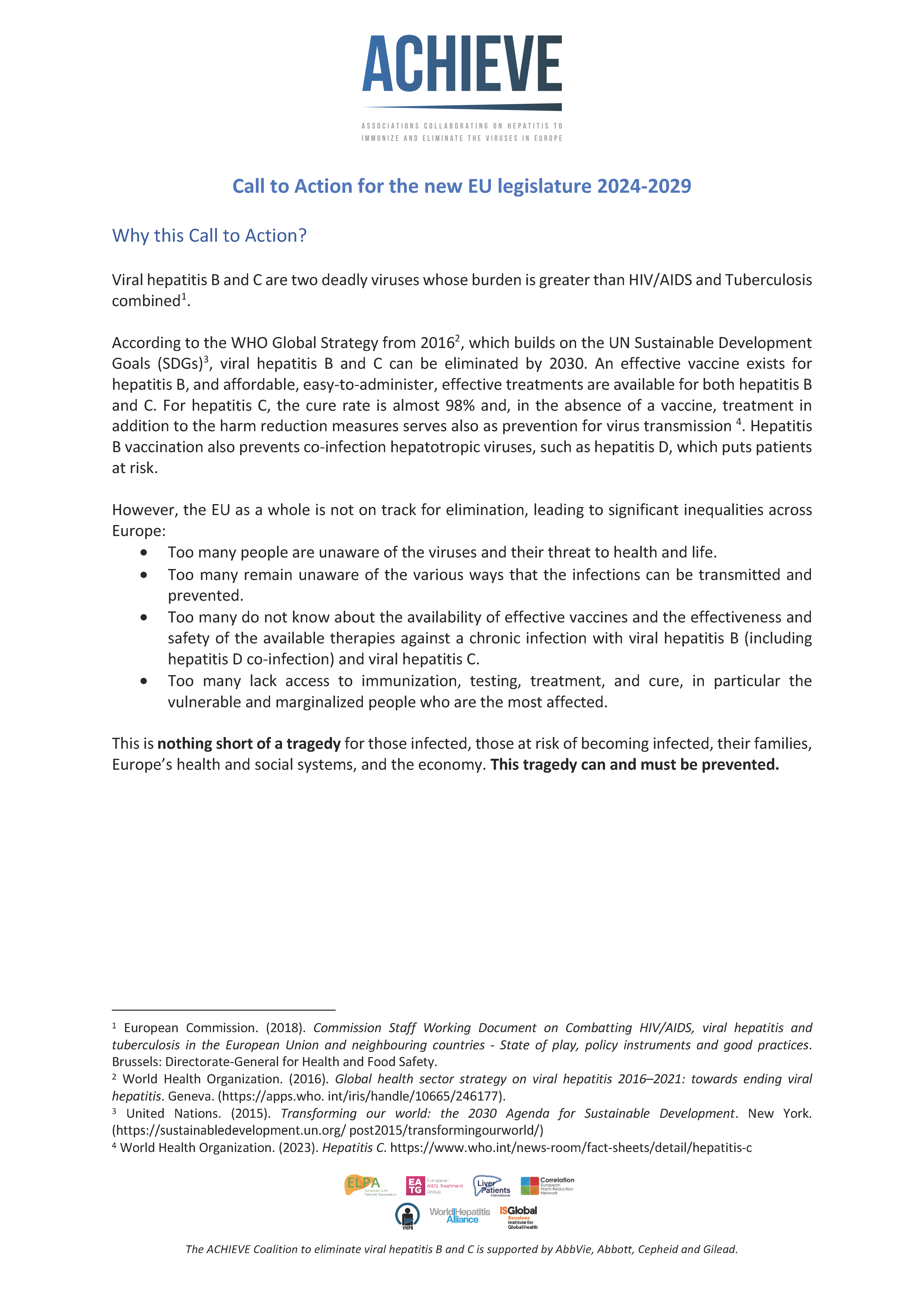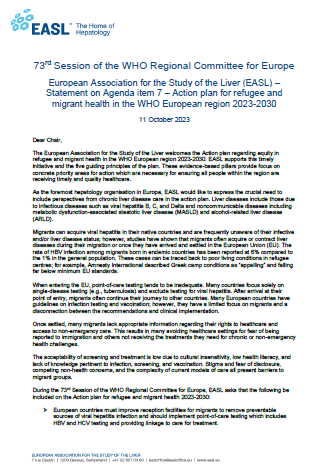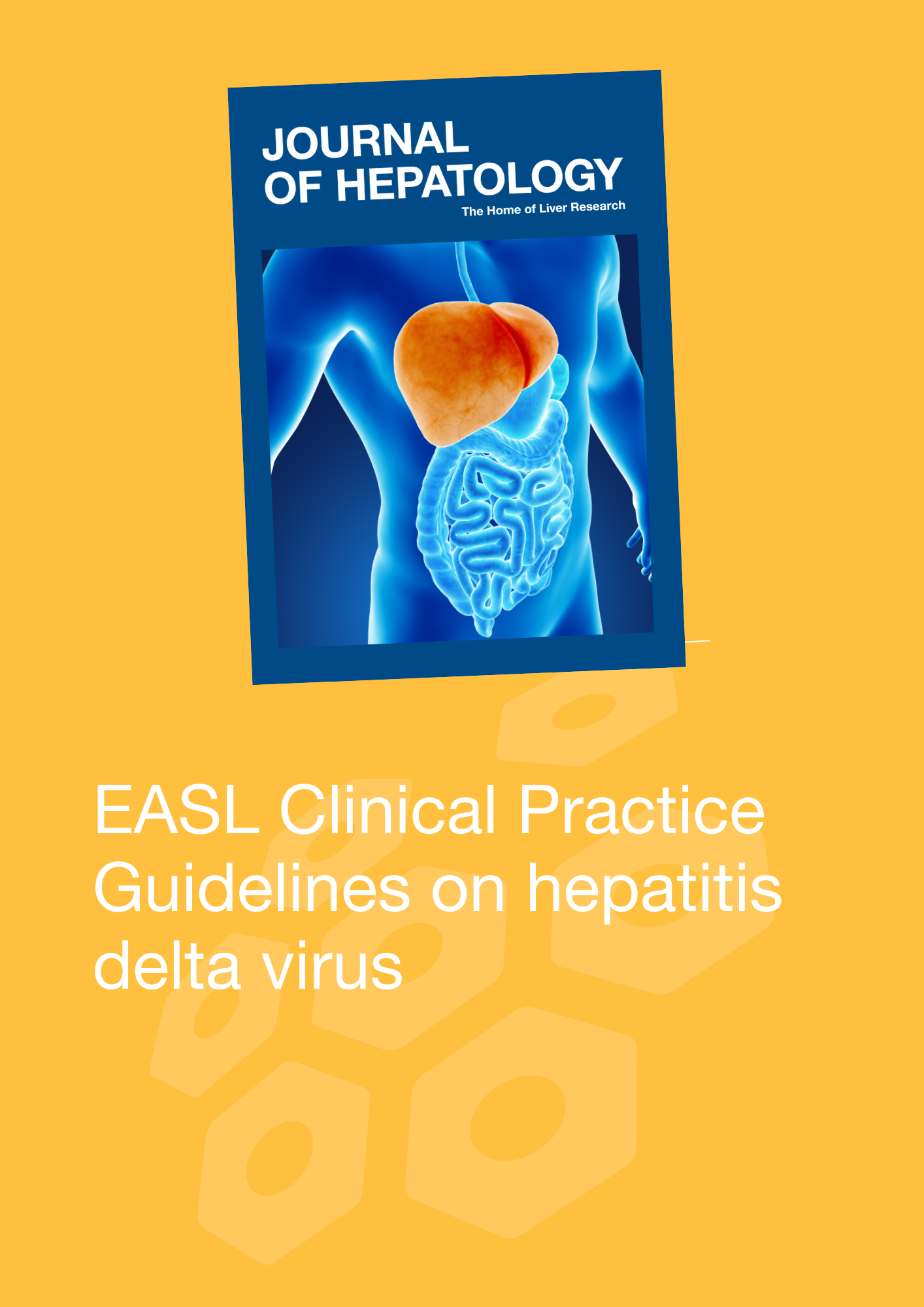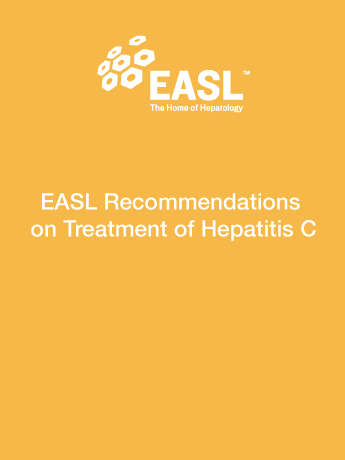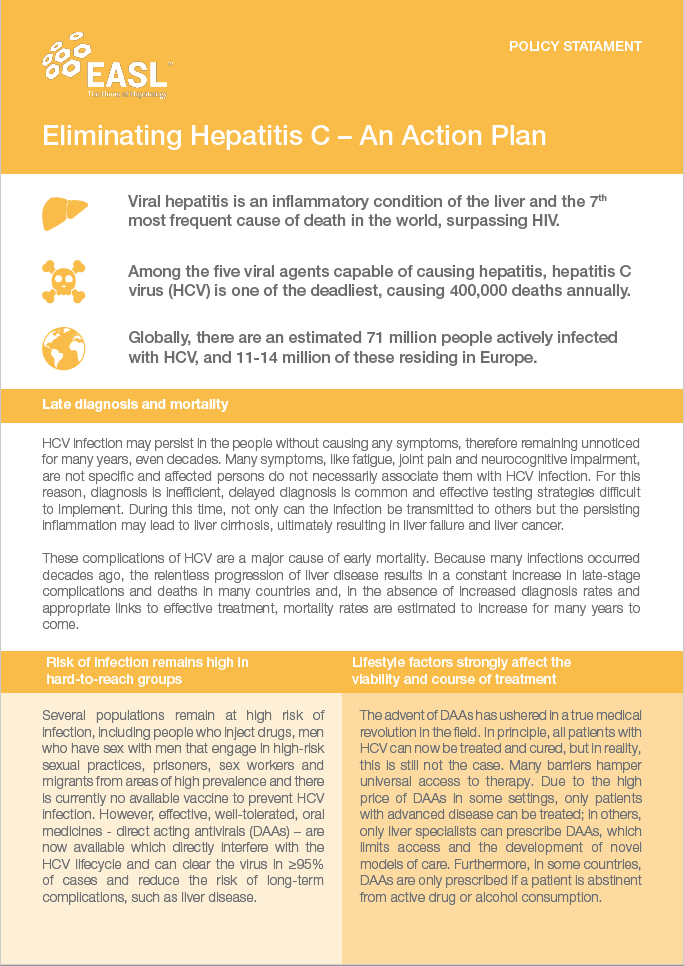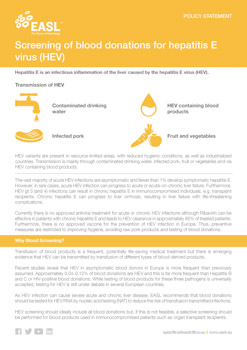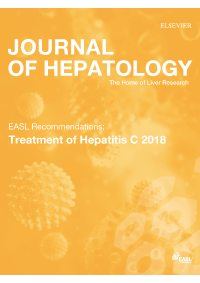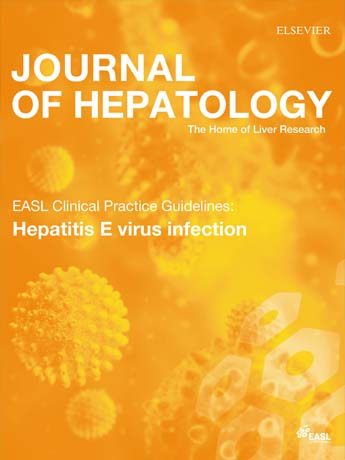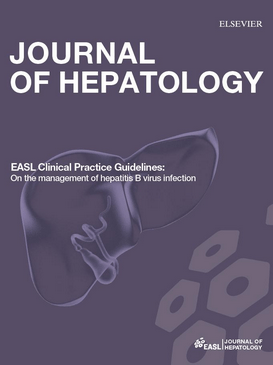EASL Clinical Practice Guidelines on the management of hepatitis B virus
The updated EASL Clinical Practice Guidelines on the management of hepatitis B virus (HBV) infection provide comprehensive, evidence-based recommendations for its management. Spanning ten thematic sections, the guidelines address diagnostics, treatment goals, treatment indications, therapeutic options, hepatocellular carcinoma surveillance, management of special populations, HBV reactivation prophylaxis, post-transplant care, HBV prevention strategies, and finally address open questions and future research directions. Chronic HBV remains a global health challenge, with over 250 million individuals affected and significant mortality due to cirrhosis and hepatocellular carcinoma. These guidelines emphasise the importance of early diagnosis, risk stratification based on viral and host factors, and tailored antiviral therapy. Attention is given to simplified algorithms, vaccination, and screening to support global HBV elimination targets. The guidelines also discuss emerging biomarkers and evolving definitions of functional and partial cure. Developed through literature review, expert consensus, and a Delphi process, the guidelines aim to equip healthcare providers across disciplines with practical tools to optimise HBV care and outcomes worldwide.


